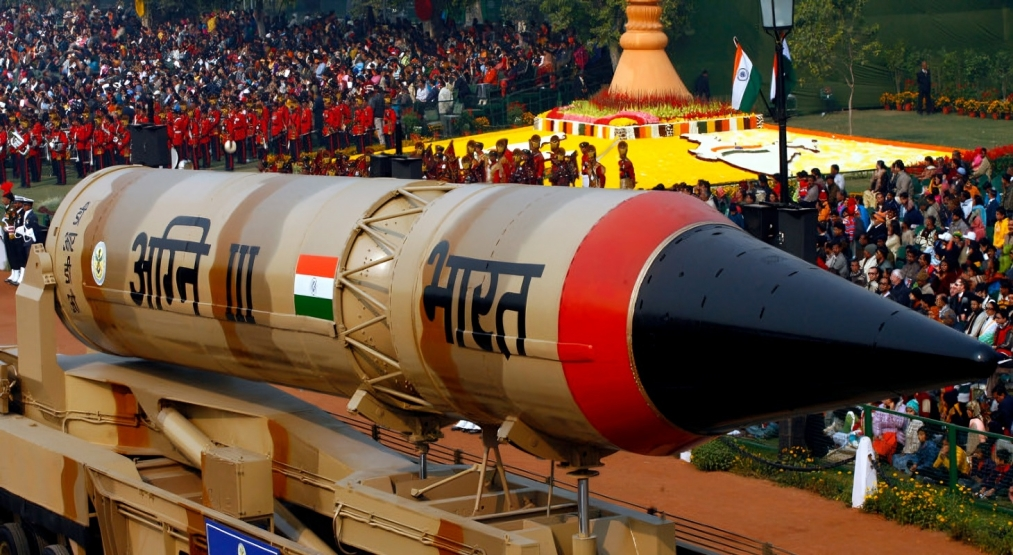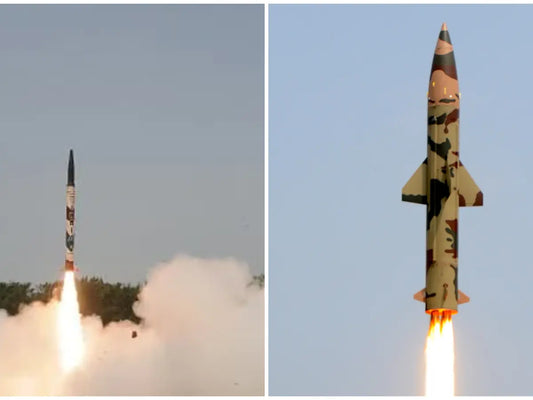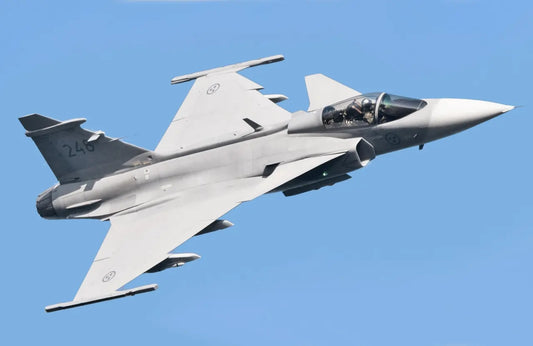India Strengthens Nuclear Capabilities: SIPRI Reports Development of Advanced Missiles and Expanded Warhead Arsenal

India has bolstered its nuclear arsenal and enhanced its delivery capabilities, gaining a strategic advantage over Pakistan in the region's nuclear dynamics, according to the latest annual report by the Stockholm International Peace Research Institute (SIPRI). The report indicates that India's nuclear stockpile has risen from 172 warheads in 2024 to 180 in 2025.
SIPRI underscores India's advancement in deploying "canisterised" nuclear missiles—systems that enable the pre-mounting of warheads for rapid deployment even during peacetime. These advanced platforms are expected to feature multiple warheads (MIRVs), significantly boosting their strike potential.
India's notable developments include the Agni Prime (Agni-P), with a range between 1,000 and 2,000 km, and the Agni-5 missile, which recently completed a successful test under “Mission Divyastra.” The Agni-5 employs Multiple Independently Targetable Re-entry Vehicle (MIRV) technology, allowing it to deliver several warheads to various targets with a range exceeding 5,000 km.
Prime Minister Narendra Modi praised the Agni-5 MIRV test as a landmark achievement in indigenous defense technology, commending the scientists of the Defence Research and Development Organisation (DRDO) for their accomplishment.
As India advances in missile modernization, Pakistan is also developing new delivery systems and increasing its fissile material stockpile. However, its nuclear development remains slower compared to India's pace.
The SIPRI report also mentioned a brief military confrontation between India and Pakistan earlier in 2025, highlighting concerns about the increased risk of nuclear escalation during conventional conflicts. SIPRI’s associate researcher Matt Korda warned that attacks near nuclear military sites and deliberate misinformation could dangerously obscure the line between conventional and nuclear warfare.
In contrast, the report warns that China's nuclear expansion is outpacing that of India and Pakistan. SIPRI estimates that China is adding approximately 100 new warheads annually and building around 350 new ICBM silos. By 2035, China could possess up to 1,500 warheads, though this would still be only a third of the stockpiles held by the US or Russia.
Globally, SIPRI estimates that as of January 2025, there were 12,241 nuclear warheads, with about 9,614 in active military stockpiles and 3,912 deployed. Of these, around 2,100 are on high operational alert, predominantly held by the US and Russia, although China may also now maintain some warheads on missiles during peacetime.
SIPRI Director Dan Smith cautioned about a possible reversal in post-Cold War disarmament trends. "China is steadily increasing its nuclear force," he stated, noting the deterioration of the global arms control framework, which poses the risk of a new nuclear arms race.
All nine nuclear-armed countries—the US, Russia, UK, France, China, India, Pakistan, North Korea, and Israel—continued to invest in modernizing their arsenals in 2024. SIPRI noted that the focus is not only on increasing the number of warheads but also on deploying more advanced and resilient nuclear delivery systems.



















